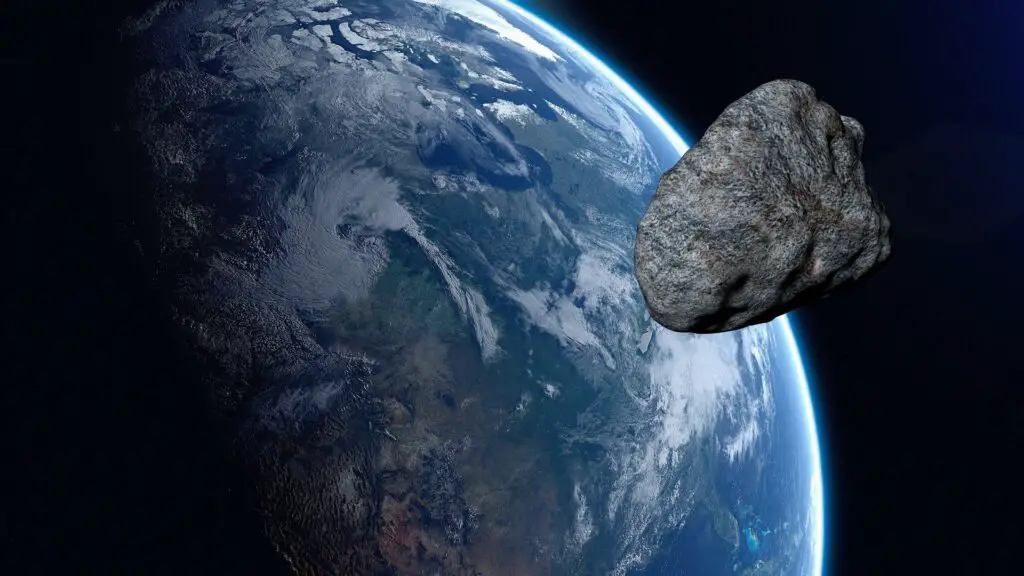In the early morning hours of Jan. 21, a tiny near-Earth asteroid came flying through the Earth’s sky and smashed into our planet’s atmosphere near Berlin. This impact created a bright and harmless fireball that remained visible for miles away. Scientists reveals that this type of impact normally takes place a few times each year.
However, this latest astronomical occurrence stands out from the rest. This is because it was the first time astronomers detected an asteroid about three hours before smashing into Earth’s atmosphere. It was also the only eighth time scientists have detected one of these near-Earth asteroids before it struck our planet.
A self-proclaimed asteroid hunter Krisztián Sárneczky discovered the space rock and nicknamed it 2024 BXI. Krisztián Sárneczky is an astronomer working at the Piszkéstető Mountain Station, part of Konkoly Observatory in Hungary.
He detected the space rock with the 60-cm Schmidt telescope at the observatory. A few hours after making this fascinating discovery, NASA outlined a detailed prediction about where and when the meteor would land on Earth.
“Heads Up: A tiny asteroid will disintegrate as a harmless fireball west of Berlin near Nennhausen shortly at 1:32 am CET. Overseers will see it if it’s clear!” NASA wrote on X (Formerly known as Twitter) on the night of Jan. 20.
Scientists used a live camera in the city of Leipzig in northern Germany to capture the unique bright meteor as it smashes into our atmosphere. The live camera observed the near-Earth asteroid appear and disappear within a few seconds.
What You Should Know About the Near-Earth Asteroid 2024 BXI
The space rock is about 3.3 feet (1 meter) wide before impact. However, it will likely begin to disintegrate around 30 miles (50 kilometers) west of Berlin. Denis Vida, a postdoctoral associate in meteor physics at Western University in Canada was one of the few scientists that have a great interest in studying this near-Earth asteroid.
“The asteroid probably dropped some meteorites on the ground along the way”, Denis Vida told CBS News.
Sárneczky has used his expertise to discover hundreds of asteroids in recent years. He was the first 2022 EB5 around two hours before it smashed into Earth’s atmosphere. Sárneczky made that discovery using Konkoly Observatory data. Based on his recent discovery, scientists concluded that his discoveries are usually unique.
How far have we discovered near-Earth asteroids?
So how far have we discovered near-Earth asteroid? European Space Agency revealed that about 99% of near-Earth asteroids smaller than 98 feet (30 meters) across have not yet been discovered. Since small asteroids are difficult to notice from a distance, they have to move closer to Earth to be detected by astronomers.
Experts say that tiny asteroids make it challenging to suggest when next such an impact will occur. Sometimes these near-Earth asteroids hide themselves in the glare of the sun. for instance, the meteor that arrived at Earth from the direction of the rising sun and exploded over the city of Chelyabinsk, Russia in 2013.
That particular asteroid destroyed windows, caused ultraviolet burns, temporarily blinded some people, and injured more than 1,600 individuals. The good news is that Government space agencies are already working on new technologies to be able to detect these tiny asteroids before they slam into Earth.
NASA’s NEO Surveyor satellite which will be launching in 2027 is one of these technologies that will help astronomers detect hazards before they even occur. ESA’s NEOMIR which will be launching in 2030 is another technology for this type of observation.
The Vera C. Rubin Observatory in Chile funded by the National Science Foundation that will commence operation in 2025 will surely assist asteroid hunters predict tiny asteroids before they impact Earth.
“It took us 200 years to discover all the asteroids we know to date, about 1.2 million asteroids,” Mario Jurić, the Rubin Observatory’s solar system discovery team lead and the director of the University of Washington’s DiRAC Institute, told Astronomy. “In the first three to six months of Rubin, we will double that.”
What do you think about this latest discovery by asteroid hunter Krisztián Sárneczky?
Best Astrophotography Cameras and Telescopes For Beginners and Professionals



